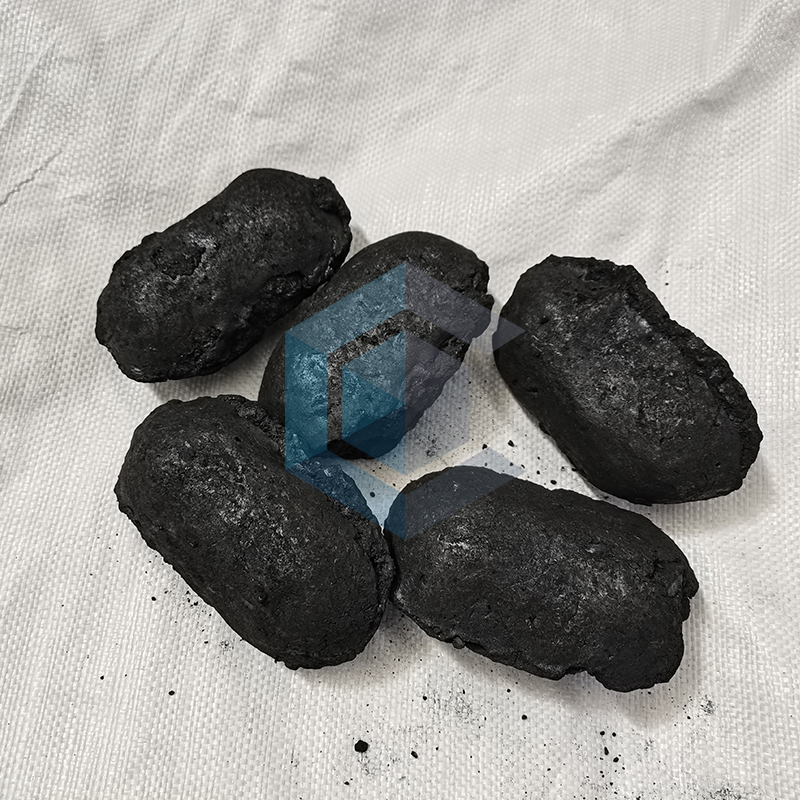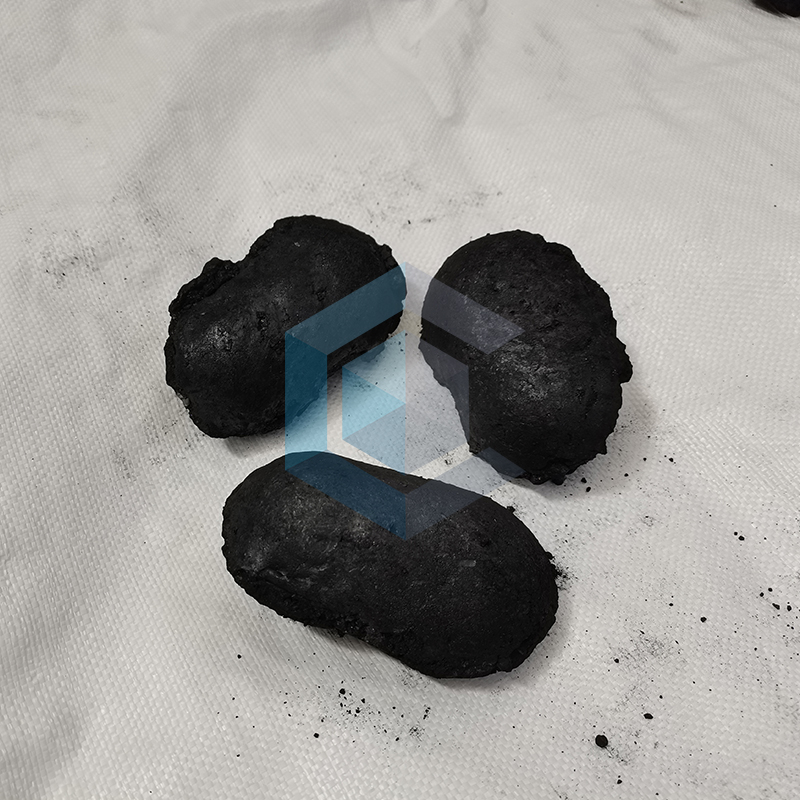The Impact of Current Control in Submerged Electric Furnaces on Electrode Paste Breakage
Electrode paste is sintered in a submerged arc furnace or calcium carbide furnace to form "self-baking electrodes." This dynamic equilibrium process of "baking-consumption" is highly susceptible to external operating conditions. Ideal operation provides a stable, controllable sintering environment for the electrode paste, while poor operation can disrupt this environment. The quality of electric furnace operation and management directly determines electrode paste consumption, electrode operating conditions, and ultimately production costs and safety. This article examines the impact of electric furnace operation and management on the potential for electrode paste breakage during use from the perspectives of current load and operating resistance.

Electrodes are current carriers. When current passes through an electrode, Joule heat (I²R) is generated, which is the primary heat source for baking the electrode paste. Normal operation requires maintaining a reasonable current load that matches the electrode diameter, which creates an ideal "baking zone" within the electrode. This ensures a smooth transition from the plastic to solid state and high strength. However, excessively high or low currents can affect the proper functioning of the electrode paste and even cause it to break.

Effects of Excessive Current:
Over-sintering: Premature sintering of the electrode leads to a large temperature difference between the electrode shell and core, causing thermal stress and potentially causing electrode breakage.
Upward Sintering Band: The electrode paste hardens prematurely above the copper tile, resulting in poor contact with the tile, sparking, and burning the tile.
Accelerated Consumption: Higher arc temperatures intensify sublimation and chemical corrosion at the lower end of the electrode, significantly increasing paste consumption.
Effects of Insufficient Current:Under-sintering: Insufficient internal heat prevents the electrode paste from fully sintering, resulting in low strength, softness, and brittleness. This can easily lead to electrode soft breakage (paste leakage) or bending when lowering the electrode.
Downward Sintering Band: The electrode remains soft below the copper tile, unable to effectively conduct current and bear weight, making operation difficult.
To ensure proper use of the electrode paste, furnace operators should precisely control the current load according to furnace conditions and electrode status to avoid large fluctuations. This prevents electrode paste breakage caused by improper current control.


 Phone:+86 19937179450
Phone:+86 19937179450
 Whatsapp:+86 19937179450
Whatsapp:+86 19937179450
 Email:
Email: Add:Zhengdong New District,Zhengzhou City,China.
Add:Zhengdong New District,Zhengzhou City,China.